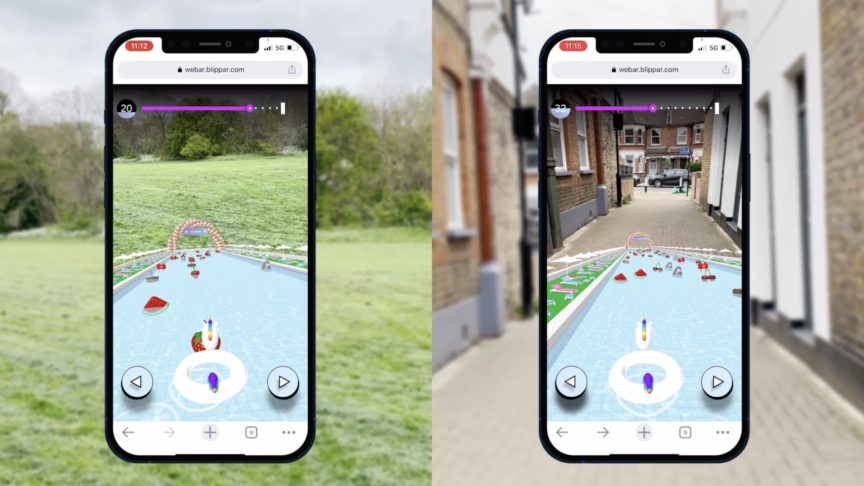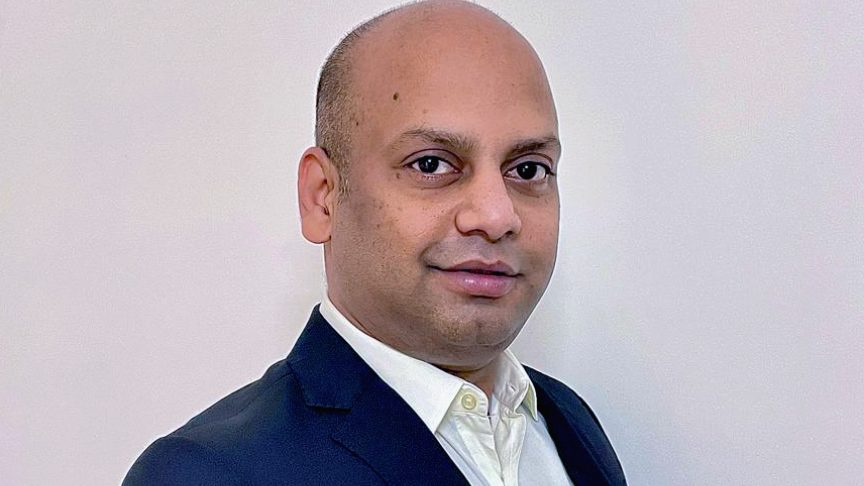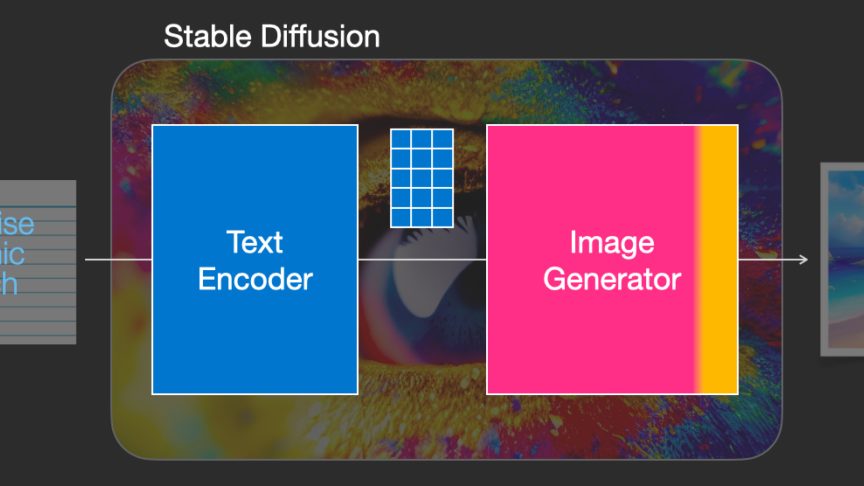Welcome to 'bliss', where augmented reality and virtual reality meet
November 18, 2014
Welcome to 'bliss', where augmented reality and virtual reality meet

What is ‘bliss’? Blippar CEO and co-founder Rish Mitra describes it as the space where augmented reality and virtual reality meet, or ‘the sell-in from a user that makes AR and VR believable as reality’. Read an abridged version of Rish's article in Wired.com, below, and find the whole feature here.
We perceive almost 80 percent of impressions by sight. Seeing something influences how other senses register feedback. Yet seeing the real world is only half the equation; we take as much pleasure in what we encounter virtually.
Bringing the unreal into reality has long been a human fantasy. Imaginative fiction, transcendental meditation and psychoactive drugs are all early efforts to trick our minds into thinking the unreal had become real. But now an abundance of new technologies make this dream achievable.
Together with the powerful computing capabilities of modern mobile and wearable devices, deep augmented reality (AR) and virtual reality (VR) experiences are now available to mainstream audiences. From virtual reality gaming on Oculus Rift and the gesture-based control of Microsoft’s Kinect to our own Blippar and Layar platforms, we’ve entered the new world of ‘mixed realities’ and are on the cusp of a virtuality revolution through which environments portrayed in movies such as Minority Report and Iron Man are finally possible.

Paul Milgram's Reality-Virtuality Continuum
Augmented reality improves the real world through the overlaying of digital information and interactions. This is currently accomplished through computer-powered camera devices: smartphones, Google Glass, etc. Blippar, Layar, Metaio, and Vuforia are examples of true AR experiences adding contextual information and functionality to a world viewed through a camera lens.
At the other end of the spectrum (see Paul Milgram's reality-virtuality continuum above) is virtual reality, a state where you are totally transported into another world and immersed in the digital interactions of the virtual environment you’ve entered. Experiencing true virtual reality should feel as real as the physical world does. This is what Oculus Rift intends to accomplish: the feeling that you are truly visiting a space wholly distinct from what you can see and hear without the platform.
If AR empowers the real world through virtual elements, VR is empowering a virtual world through real-life, physical elements. Many people confuse AR with VR. This misconception is easily clarified by referring back to the continuum: AR enhances reality, VR offers an alternative one.

Regardless of the individual manifestation of mixed reality, whether AR, AV or VR, there are three phases to experiencing the continuum of virtual and real worlds:
What is:
What’s real, simple and seen by all. ‘What is’ forms the fabric of our society and its beliefs.
What could be:
This phase is based on what is real, but adds imagination to the mix. Imagination isn’t strictly real but can be the catalyst to bring the real into being – thinking ‘what if this car had wings’ is an expression of imagination but the idea can become real if acted upon. What we see in the real world forms our knowledge but is limited; what we think and dream forms our imagination, which is limitless. Hence AR and VR platforms give people limitless ways to express themselves, taking imagination to new heights: a renaissance of thought, if you will.
Bliss:
The point where AR and VR meet. Bliss, experienced through the creation of unreal objects and environments, is the ‘sell-in’ from a user that makes AR and VR believable as reality. Another way to look at it is that bliss is what makes ‘what could be’ into ‘what is’. In entering the final phase to experiencing the continuum – bliss - users encounter rich, dimensionless experiences that unchain our imaginations and lead to mass ideation. In bliss lies the future to our various realities.


